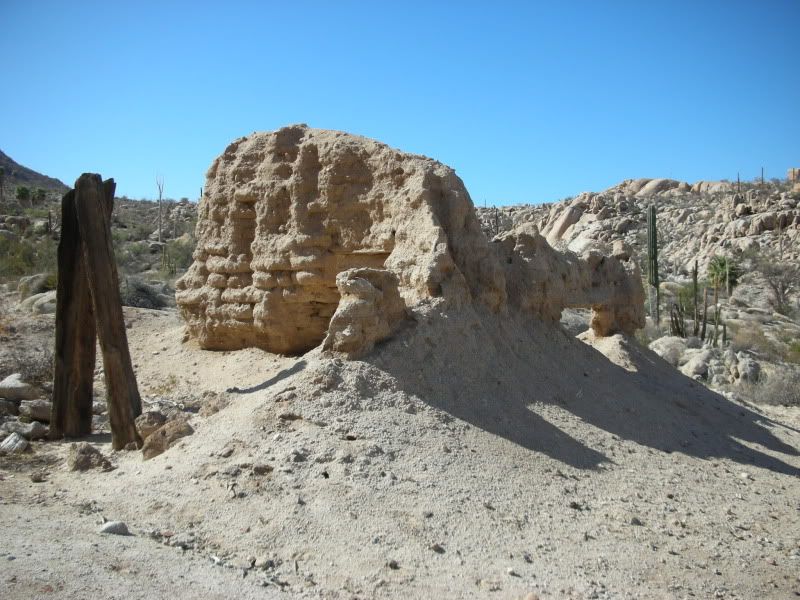The Jesuit Order was given the task to establish these missions as they had been successful on the mainland of Mexico. Because all previous attempts at colonizing the peninsula had failed, the Jesuits made special demands to have complete autonomy in the project. The king agreed, but the Jesuits would have to finance the operation with private money. Benefactors came forward and donated to a ‘Pious Fund’ from which the system could build the missions.
The following 70 years, 17 missions were founded by the Jesuits on the peninsula. They also had built a ’Royal Highway’ called El Camino Real to connect the missions and their satellite sub-missions, called ’visitas’ which supported the head mission, called a ‘cabecera‘.
With political changes going on in Europe, the Jesuit success in the New World became suspect. Rumors of wealth acquired in the new lands that were never proven, had caused their expulsion to be ordered in 1767. All the Jesuits in California were marched to Loreto, and in February, 1768 sailed to the mainland where they would walk across Mexico and join the other Jesuits in sailing back to Europe.
The Franciscan Order would be next on the peninsula, but without the autonomy and would be following Royal directives. One of these was to push the mission system into the lands north of the peninsula and quickly establish missions at the harbors of San Diego and Monterey (the bay of San Francisco was not yet discovered). This new land was first called Nueva (New) California and the peninsula was known as Antigua (Old) California. Before long, the names would change to Alta (Upper) California and Baja (Lower) California.
Just 5 years after the Franciscan arrived, they requested to be relieved of the Baja California missions, including the first one they had founded at Velicatá named San Fernando. The Dominicans would take over operation of the Baja California missions and establish nine more between San Fernando de Velicatá and San Diego from 1774 to 1834.
Mexico had won its independence from Spain in 1821, but California was so remote, the Dominicans and Franciscans were allowed to continue their efforts for many years following Mexico’s independence. Sadly, the diseases and new life styles introduced by the Europeans had devastating results on the native people, on the peninsula. By 1800, the mission system in Baja California was in decline and missions began closing for lack of purpose. By 1841, all but one mission had closed or became a parish church serving the new residents of Baja California, arriving from across the gulf. In 1849, the last mission serving the native people closed at Santo Tomás. In 1854, Fr. Gabriel Gonzalez resigned as the last Dominican president in Baja California.
The Franciscans who learned well of the mistakes made by their predecessors had greater success in Alta California. This success lasted until Mexico’s secularization act (issued in 1832) ended the mission system before the natives were fully converted to European ways. Most of the natives returned to the mountains, and the missions fell into ruin. In 1848, Alta California became American territory and the Gold Rush filled the region with new people from the East Coast. Baja California also had some short-lived gold rushes in the following years, but the population impact was not as great.
The history of Old California (Baja) is fascinating, and the missions are but one part of the story. Each of the 27 missions in Baja California has a story to tell and many books from grand intellectual masterpieces to small paperback guides have been written on the subject. Changes in information on the missions have been made as old texts from the padres are discovered. Information that fills in missing links to some of the stories on the missions help modern writers to tell a more complete story or correct past errors.
__________________David Kier has spent many years visiting, photographing, and researching the missions of Baja and Alta California. He has a fascinating and informative web site: David K's BAJA Adventures @ http://vivabaja.com/
David has also published, 'The Old Missions of Baja & Alta California' available at http://oldmissions.com/ which provides extensive and very factual information that is not always available at other sites.



No comments:
Post a Comment